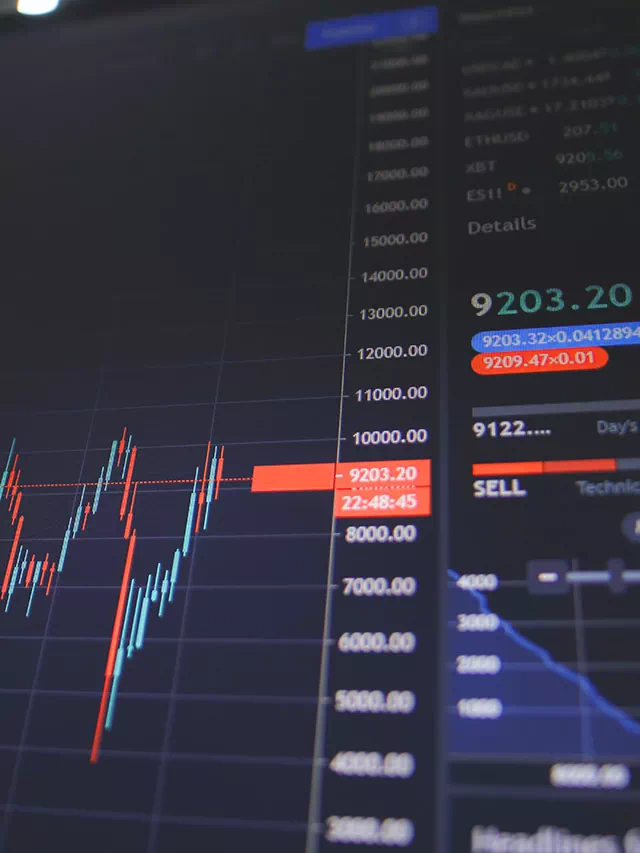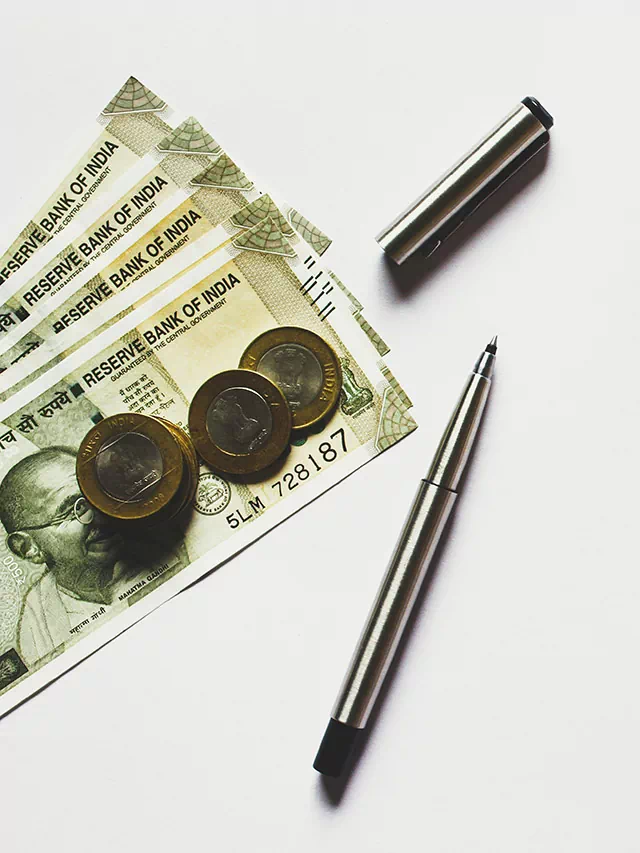Managing your cash flow is one of the most important aspects of achieving financial security. By keeping a close eye on your income and expenses, you can make informed decisions about how to allocate your resources and ensure that you have enough money to cover your expenses and meet your financial goals.
The first step in controlling your cash flow is to create a budget. This involves tracking your income and expenses and creating a plan for how you will allocate your money each month. Your budget should include all of your monthly expenses, such as rent or mortgage payments, utilities, food, transportation, and any other bills or recurring expenses. Additionally, you should set aside money each month for savings and any other long-term financial goals, such as paying off debt or saving for retirement.
Once you have a budget in place, it’s important to monitor your cash flow on a regular basis. This means tracking your income and expenses each month and comparing your actual spending to your budget. If you find that you are consistently overspending in certain areas, you may need to adjust your budget or find ways to cut back on your expenses.
One strategy for controlling your cash flow is to automate your finances. This involves setting up automatic transfers to savings accounts or investment accounts, as well as automatic bill payments. By automating your finances, you can ensure that you are consistently saving and paying your bills on time, which can help you avoid late fees and penalties.
Another strategy for controlling your cash flow is to prioritize your expenses. This means focusing on the expenses that are most important to you and cutting back on expenses that are less important. For example, you may choose to prioritize your rent or mortgage payment, food, and transportation expenses, while cutting back on entertainment or dining out expenses.
Finally, it’s important to have an emergency fund in place. This involves setting aside money in a savings account or other low-risk investment vehicle that can be used to cover unexpected expenses or emergencies. Ideally, your emergency fund should be large enough to cover three to six months of living expenses.
Another way to control your cash flow is to track your expenses and identify areas where you can reduce costs. This means reviewing your monthly expenses and finding ways to save money on things like groceries, transportation, and entertainment. For example, you may choose to shop for groceries at a lower-cost store or use public transportation instead of owning a car.
In addition to reducing expenses, you can also increase your income to improve your cash flow. This may involve taking on additional work or finding ways to earn passive income, such as investing in stocks or real estate. By increasing your income, you can have more money to allocate towards your savings and financial goals.
Another important aspect of controlling your cash flow is to avoid unnecessary debt. While some forms of debt, such as a mortgage or student loans, may be necessary, other types of debt, such as credit card debt or high-interest loans, can be detrimental to your financial health. By avoiding unnecessary debt, you can free up more money to put towards your savings and financial goals.
In conclusion, controlling your cash flow is essential for achieving financial security. By creating a budget, monitoring your cash flow, automating your finances, prioritizing your expenses, and building an emergency fund, you can ensure that you have enough money to cover your expenses and achieve your long-term financial goals. With careful planning and smart financial decisions, you can take control of your cash flow and achieve financial security.




